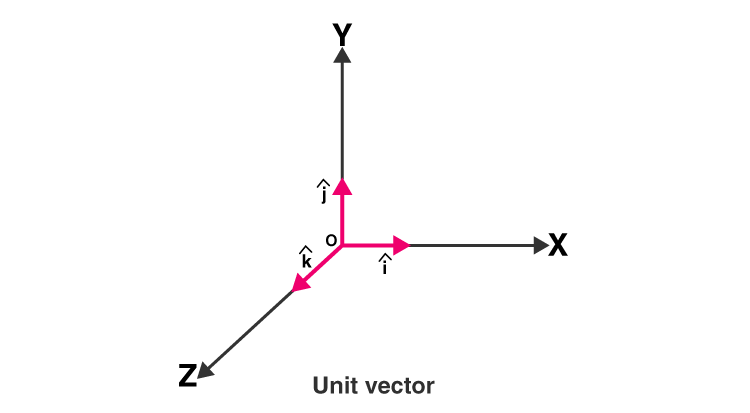Gram-Schmidt Procedure
Creating the Gram-Schmidt procedure in python
What is the Gram-Schmidt procedure?
Today I have learned that the Gram-Schmidt procedure takes a list of vectors and creates an orthogonal (90 degrees in refernce to the basis vectors) basis from that set.
How are matrices showed in Python?
If ‘A’ is a Matrix then we can imagine it in memory as:
A[0, 0] A[0, 1] A[0, 2] A[0, 3]
A[1, 0] A[1, 1] A[1, 2] A[1, 3]
A[2, 0] A[2, 1] A[2, 2] A[2, 3]
A[3, 0] A[3, 1] A[3, 2] A[3, 3]
r = row
c = column
where we can access the value at each element by using
A(r, c).
We can also access a whole row at a time using
A(r)
or a whole column at a time by using
A(:, c)
They will always begin counting at 0. We can also take the dot product of two vectors with the @ symbol
Python code for the Gram-schmidt procedure.
It first shows how to do it for a defined 4x4 matrix and then defines a function for a general Matrix by using a for-loop.
1
2
3
4
5
6
7
8
9
10
11
12
13
14
15
16
17
18
19
20
21
22
23
24
25
26
27
28
29
30
31
32
33
34
35
36
37
38
39
40
41
42
43
44
45
46
47
48
49
50
51
52
53
54
55
56
57
58
59
60
61
62
63
64
65
66
67
68
69
70
71
72
73
74
75
76
77
78
79
80
81
82
83
84
85
86
87
88
# GRADED FUNCTION
import numpy as np
import numpy.linalg as la
verySmallNumber = 1e-14 # That's 1×10⁻¹⁴ = 0.00000000000001
# Our first function will perform the Gram-Schmidt procedure for 4 basis vectors.
# We'll take this list of vectors as the columns of a matrix, A.
# We'll then go through the vectors one at a time and set them to be orthogonal
# to all the vectors that came before it. Before normalising.
# Follow the instructions inside the function at each comment.
# You will be told where to add code to complete the function.
def gsBasis4(A) :
B = np.array(A, dtype=np.float_) # Make B as a copy of A, since we're going to alter it's values.
# The zeroth column is easy, since it has no other vectors to make it normal to.
# All that needs to be done is to normalise it. I.e. divide by its modulus, or norm.
B[:, 0] = B[:, 0] / la.norm(B[:, 0])
# For the first column, we need to subtract any overlap with our new zeroth vector.
B[:, 1] = B[:, 1] - B[:, 1] @ B[:, 0] * B[:, 0]
# If there's anything left after that subtraction, then B[:, 1] is linearly independant of B[:, 0]
# If this is the case, we can normalise it. Otherwise we'll set that vector to zero.
if la.norm(B[:, 1]) > verySmallNumber :
B[:, 1] = B[:, 1] / la.norm(B[:, 1])
else :
B[:, 1] = np.zeros_like(B[:, 1])
# Now we need to repeat the process for column 2.
# Insert two lines of code, the first to subtract the overlap with the zeroth vector,
# and the second to subtract the overlap with the first.
B[:, 2] = B[:, 2] - B[:, 2] @ B[:, 0] * B[:, 0]
B[:, 2] = B[:, 2] - B[:, 2] @ B[:, 1] * B[:, 1]
# Again we'll need to normalise our new vector.
# Copy and adapt the normalisation fragment from above to column 2.
if la.norm(B[:, 2]) > verySmallNumber :
B[:, 2] = B[:, 2] / la.norm(B[:, 2])
else :
B[:, 2] = np.zeros_like(B[:, 2])
# Finally, column three:
# Insert code to subtract the overlap with the first three vectors.
B[:, 3] = B[:, 3] - B[:, 3] @ B[:, 0] * B[:, 0]
B[:, 3] = B[:, 3] - B[:, 3] @ B[:, 1] * B[:, 1]
B[:, 3] = B[:, 3] - B[:, 3] @ B[:, 2] * B[:, 2]
# Now normalise if possible
if la.norm(B[:, 3]) > verySmallNumber :
B[:, 3] = B[:, 3] / la.norm(B[:, 3])
else :
B[:, 3] = np.zeros_like(B[:, 3])
# Finally, we return the result:
return B
# The second part of this exercise will generalise the procedure.
# Previously, we could only have four vectors, and there was a lot of repeating in the code.
# We'll use a for-loop here to iterate the process for each vector.
def gsBasis(A) :
B = np.array(A, dtype=np.float_) # Make B as a copy of A, since we're going to alter it's values.
# Loop over all vectors, starting with zero, label them with i
for i in range(B.shape[1]) :
# Inside that loop, loop over all previous vectors, j, to subtract.
for j in range(i) :
# Complete the code to subtract the overlap with previous vectors.
# you'll need the current vector B[:, i] and a previous vector B[:, j]
B[:, i] = B[:, i] - B[:, i] @ B[:,j] * B[:,j]
# Next insert code to do the normalisation test for B[:, i]
if la.norm(B[:,i]) > verySmallNumber :
B[:, i] = B[:, i] / la.norm(B[:, i])
else :
B[:, i] = np.zeros_like(B[:, i])
# Finally, we return the result:
return B
# This function uses the Gram-schmidt process to calculate the dimension
# spanned by a list of vectors.
# Since each vector is normalised to one, or is zero,
# the sum of all the norms will be the dimension.
def dimensions(A) :
return np.sum(la.norm(gsBasis(A), axis=0))
- Written December 17, 2023
Derived from a coding lab in a coursera class titled “ Mathematics for Machine Learning: Linear Algebra” from the Imperial College London.
This post is licensed under CC BY 4.0 by the author.
